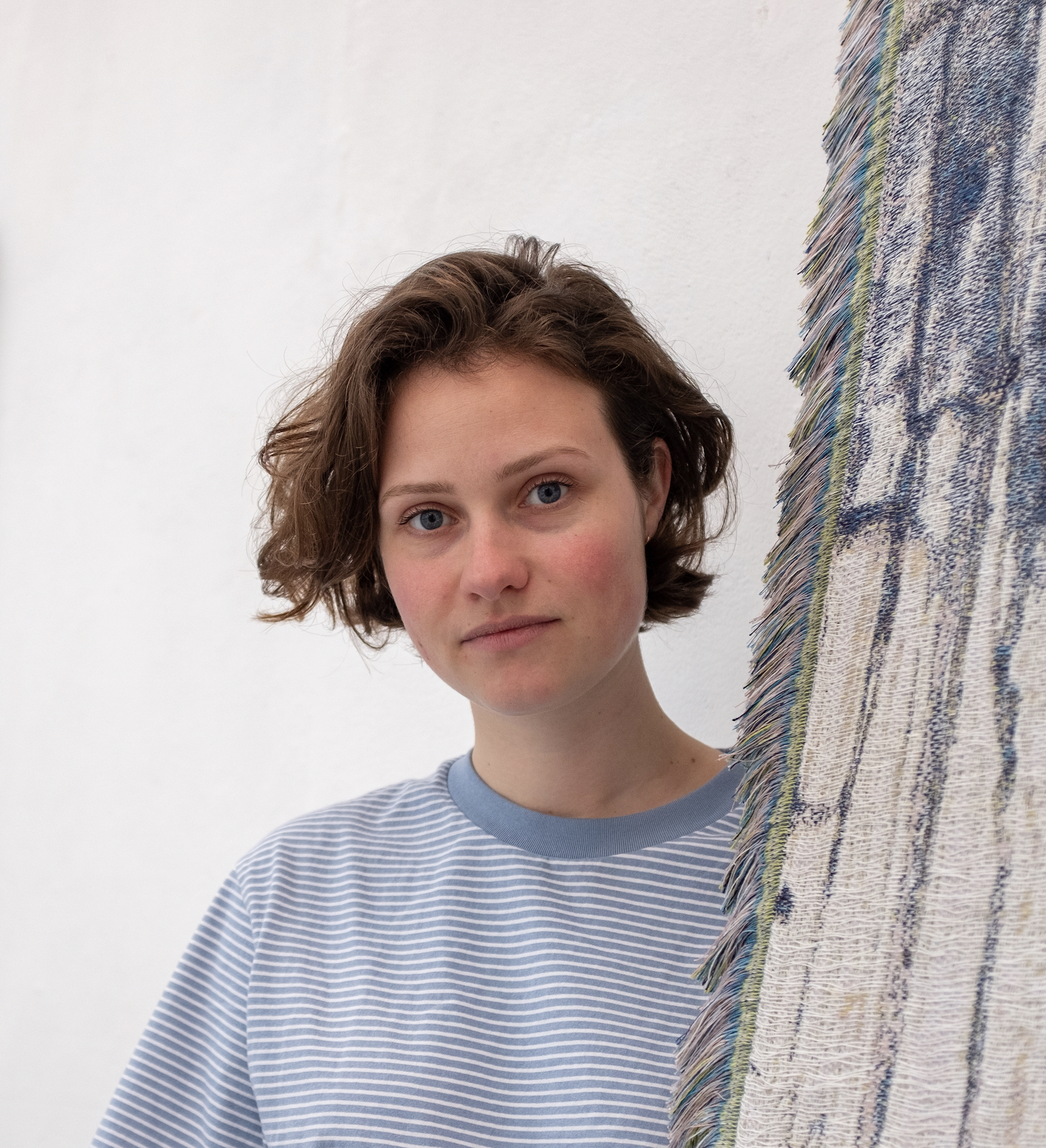Works - Exhibitions - Workshops / Talks - Read / Hear - Shop - About - Bio / CV
Mapping Dutch Waters
‘Mapping Dutch Waters’ is an outdoor installation created for the exhibition ‘Oasis of wonderment’ at cultural haven Ruigoord in Amsterdam.
You can visit the installation from 24 may 2023 at Ruigoord. Visit the project website www.mappingdutchwaters.nl
 The installation was made in collaboration with artist Thieu Smeets.
The installation was made in collaboration with artist Thieu Smeets.‘Mapping Dutch Waters’ is supported by Mondriaan Fund, Stichting Stokroos, Fentener van Vlissingen Fund and Stroom Den Haag.




Man-made dead zones are areas in coastal waters where almost no life is possible due to oxygen minimum conditions. Micro algae blooms are fed by fertilizers from agriculture and other human waste streams, that flow towards the sea via an intricate network of ditches, canals, small ponds, and lakes. When these blooms decompose, all oxygen is used by bacteria, and nothing is left for other organisms.
The 1500 water samples in this installation were taken across the Netherlands in 2022 by more than 400 citizen scientists as part of collaborative research by environmental organization Natuur & Milieu and research institute NIOO.
In 2027 all water in the Netherlands needs to meet water quality requirements agreed upon in the European Union. To meet these standards the biological and chemical quality of the water needs to be sufficient. We have so much water in the country that only larger bodies of water, like IJsselmeer, are measured for this monitoring. This regular monitoring already shows that we are at the bottom of the list of water quality in Europe.
The Netherlands has 300.000 kilometer of ditches alone. This way more than 1/3rd of surface water is not considered for this official monitoring. Environmental organization Natuur & Milieu sets out to change this by researching ‘small’ bodies of water, like streams, canals, small ponds, and lakes across the country in collaboration with research institute NIOO. Their research in 2022 shows that only 20% of Dutch waters meet the European norms.
This project was achieved in collaboration with Karen Eilers (Natuur & Milieu, program leader sustainability of food production), Sven Teurlincx (NIOO, aquatic ecologist) and Rosan van Halsema (NIOO, research assistant).
Video portrait by Re_Nature Festival X Ruigoord:
The making of:
Thieu Smeets


Photos by Aad Hoogendoorn
